 |
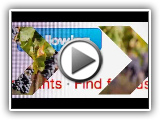 |
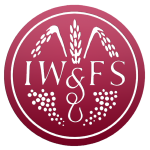 |
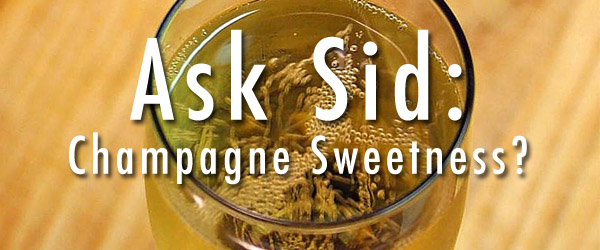
Question: How can I tell the sweetness level from reading the label on a bottle of wine – especially Champagne?
Answer: Yes knowing the sweetness levels of wines is becoming an increasing problem without a compulsory ingredient labeling. Many labelled dry red table wines can actually be quite sweet. Riesling is a good example where the sugar level can be quite high but it seems less sweet because of the high levels of balanced acidity. Champagne is a bit easier because they usually help describe the level of sweetness by using code words:
Very Dry: Look for Brut or Natur
Dry: Usually say Extra Dry, Extra Sec, or Tres Sec
Medium Dry: Dry or Sec
Medium Sweet: Demi-Sec
Sweet: Doux, Demi-Doux, or Rich
You might also like:
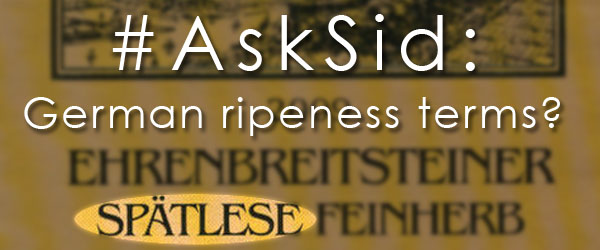 |
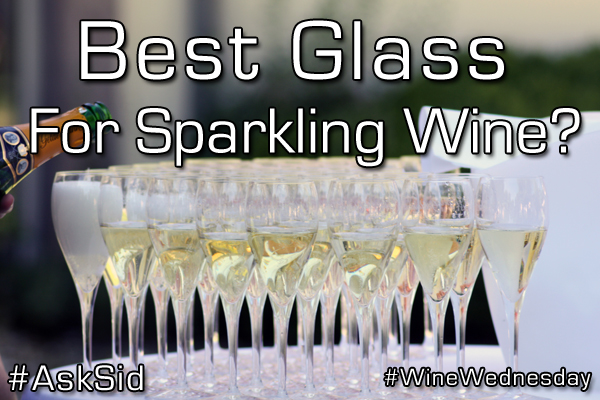 |
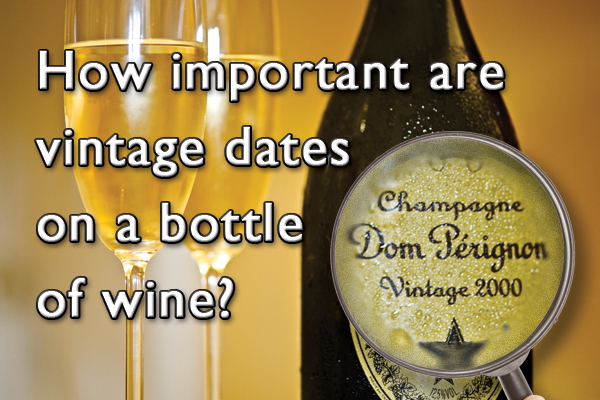 |
Actually, I would disagree with this slightly. I think of Brut as “Dry” while “Very Dry” would be “Extra Brut”. You don’t see it much, but it’s out there.
Also, Extra Dry is actually has noticeable sweetness, so I would not categorize it as “Dry”.
Yes John in my opinion is very cleverly right! The answers given were the correct ones taken from an old The Wine & Spirit Education Trust Programme book from which I learned them initially. However in the old days Extra Brut was not in common use. These days there are several on the market that I enjoy. Many use no dosage so they are indeed “very dry”. Others like say Gosset do no malolactic fermentation so found it to be too austere and added 3 grams of sugar/litre to offset that high acidity but still is called Extra Brut – very dry. Today Brut is also very dry for many consumers used to more sweetness in their drinks but for others (like John and myself) it is really only dry – certainly compared to Extra Brut. All rather confusing terms including Extra Dry which could be better clarified on the bottle.